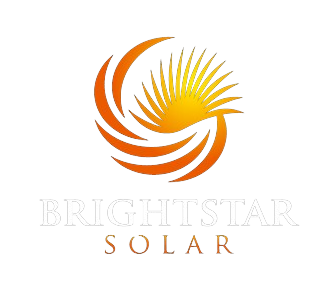 Massachusetts joins other states like New Jersey , Pennsylvania, and Maryland in creating an SREC market in 2010. However, what sets the Massachusetts SREC system apart is that it is a market driven system that allows flexibility to react to market conditions. In addition, most of the other states have an SREC system that is based on requiring a certain portion of electricity to come from solar generation, where Massachusetts imposes a “minimum standard”.
Massachusetts joins other states like New Jersey , Pennsylvania, and Maryland in creating an SREC market in 2010. However, what sets the Massachusetts SREC system apart is that it is a market driven system that allows flexibility to react to market conditions. In addition, most of the other states have an SREC system that is based on requiring a certain portion of electricity to come from solar generation, where Massachusetts imposes a “minimum standard”.
What are SRECs?
SRECs, or Solar Renewable Energy Credits, are tradeable certificates that represent all the positive environmental attributes of electricity generated from a solar electric system. Each time a solar system generates 1,000 kilowatt hours (1 megawatt hour) of electricity, an SREC is issued which can then be sold or traded separately.
What projects qualify for SRECs?
In order to qualify for SRECs, projects must be in Massachusetts (with some exemptions to previous contracts) and must be grid-tied systems under 2 megawatts (DC). For 2010, the Solar Carve-Out requirement is 30 megawatts DC, with a soft target of 70 megawatts DC in 2011, and the maximum is to estimated be reached in 2016 at 400 megawatts.
What is an SREC worth in Massachusetts?
There is not a definitive answer. The price of SRECs is created by market availability and can range anywhere from $285/MWh to $600/MWh. The Solar Credit Clearinghouse Auction essentially creates the price floor because they will purchase any SRECS that can not be sold on the open market for $300/MWh minus a 5% administrative charge, or $285/MWh. . If electricity suppliers fall short of their SREC requirement for their RPS obligation, they will have to pay a penalty of $600/MWh. This is how we get to the price ceiling because the market value of SRECs will never be greater than that penalty.
How can I participate in the SREC program?
Homes or business with solar electricity-generating systems can participate in this program via an “opt-in” agreement, which guarantees participation for a set number of years. In 2010, the “opt-in” arrangement is for 10 years and can be adjusted downward by 2 years annually.
Example of SREC potential benefit in Massachusetts.
Let’s take a look at a 10 kW DC system for a residential customer. A system of this size would produce about 12 MWh so it could qualify for 12 SRECs annually.
Minimum SREC Payment: 12 MWh x $285/MWh = $3,420 annually
Minimum SREC Payment over 10 years = $34,420
The above is a very conservative estimate. If SRECs are priced at the ceiling, the SREC payment would be significantly more generous.
Maximum SREC Payment over 10 years = $72,000 — That’s a pretty good incentive to go solar!!
Why should I install a solar electric system now? Will SRECs expire?
As stated above, the opt-in agreement is for 10 years and can be adjusted downward by 2 years annually. You have the opportunity to receive the most benefit this year since you can sign on to a 10 year term. In addition, the Solar Carve-Out will only support 400 MW of new solar capacity in Massachusetts. Once the goal is reached, the opt-in term for all solar generators has expired, and SRECs will no longer be generated. At that time, solar facilities can generate renewable energy credits (RECs) and can sell those for compliance under the Class I standard.








Pingback: Tweets that mention Massachusetts SRECs Explained – Part I — BRIGHTSTAR SOLAR -- Topsy.com
Pingback: Attention Taunton: It’s Time to Invest in Solar Power — BRIGHTSTAR SOLAR
Pingback: Connecticut to Resume its Commercial Solar Program — BRIGHTSTAR SOLAR
Pingback: Solar Rebates Available in Concord, MA — BRIGHTSTAR SOLAR
Pingback: Massachusetts Mandates Revenue Meter for Solar Power Projects — BRIGHTSTAR SOLAR
Pingback: Massachusetts Announces Change to SREC Program — BRIGHTSTAR SOLAR
What is the opt-in agreement term for 2011? Is it still 10 years?
How much of the 400 MW Carve-Out has been supported?
Is there a website where one can see in real time the answers to the above questions?
Pingback: Connecticut SRECs Back on the Table — BRIGHTSTAR SOLAR
Pingback: Connecticut SRECs Back on the Table | Solar News and Led News
Thank you for your sharing. I am worried that I lack creative ideas. It is your article that makes me full of hope. Thank you. But, I have a question, can you help me?